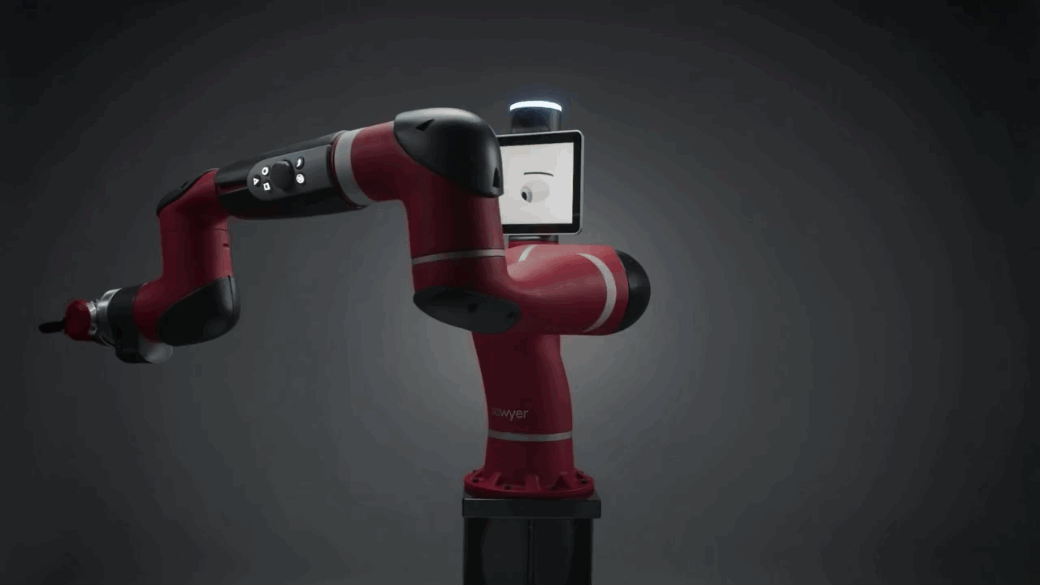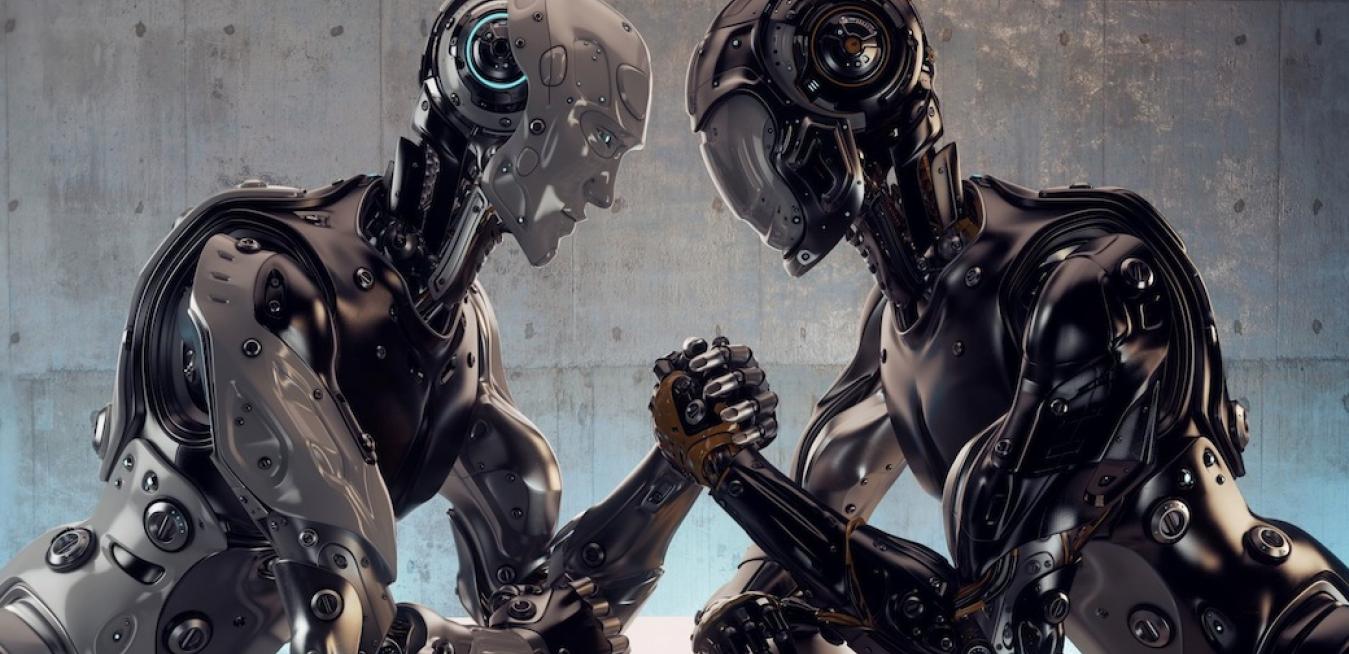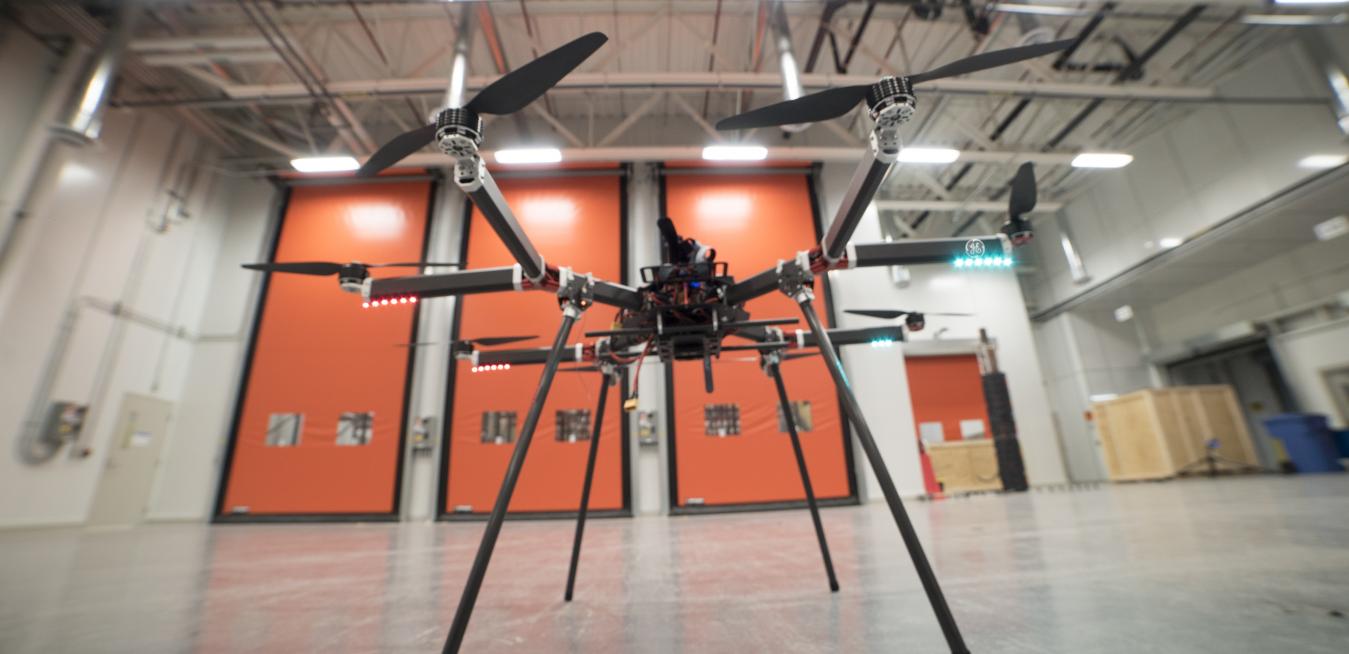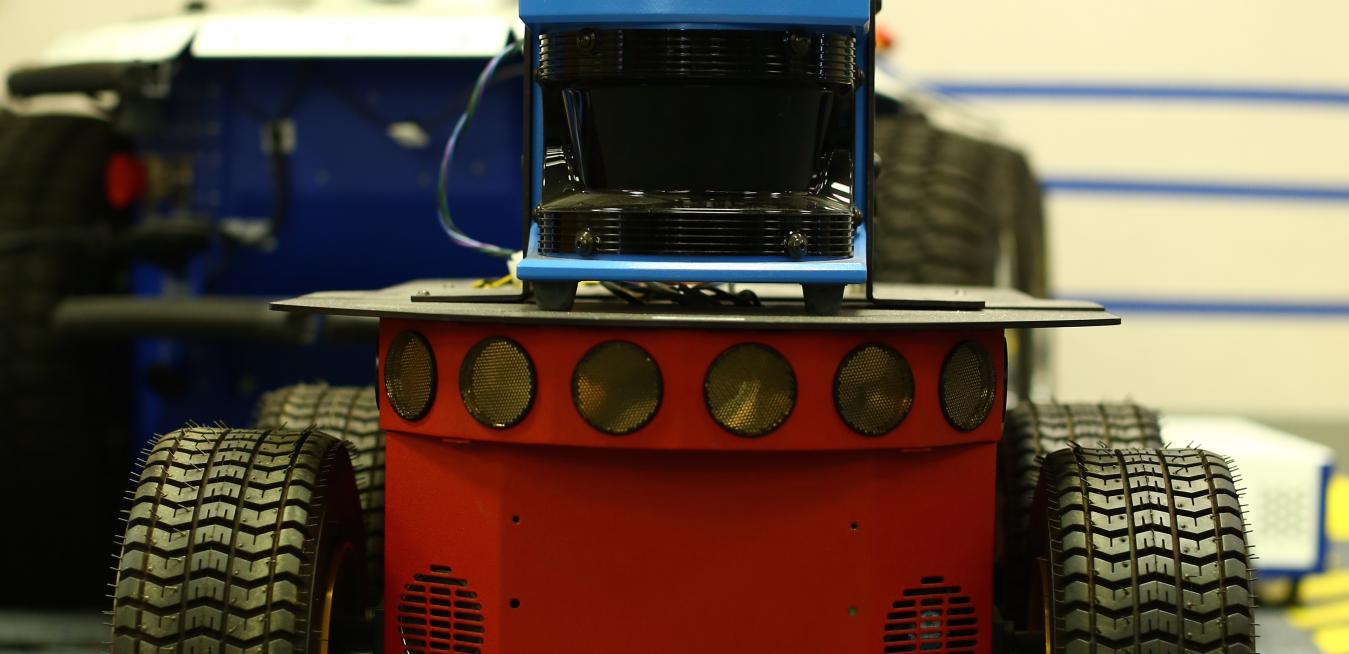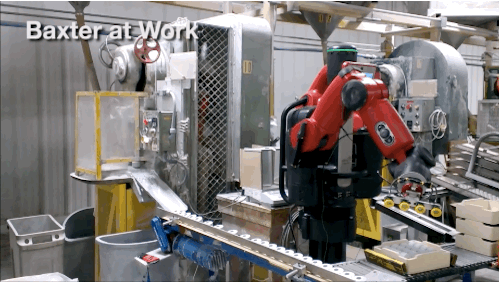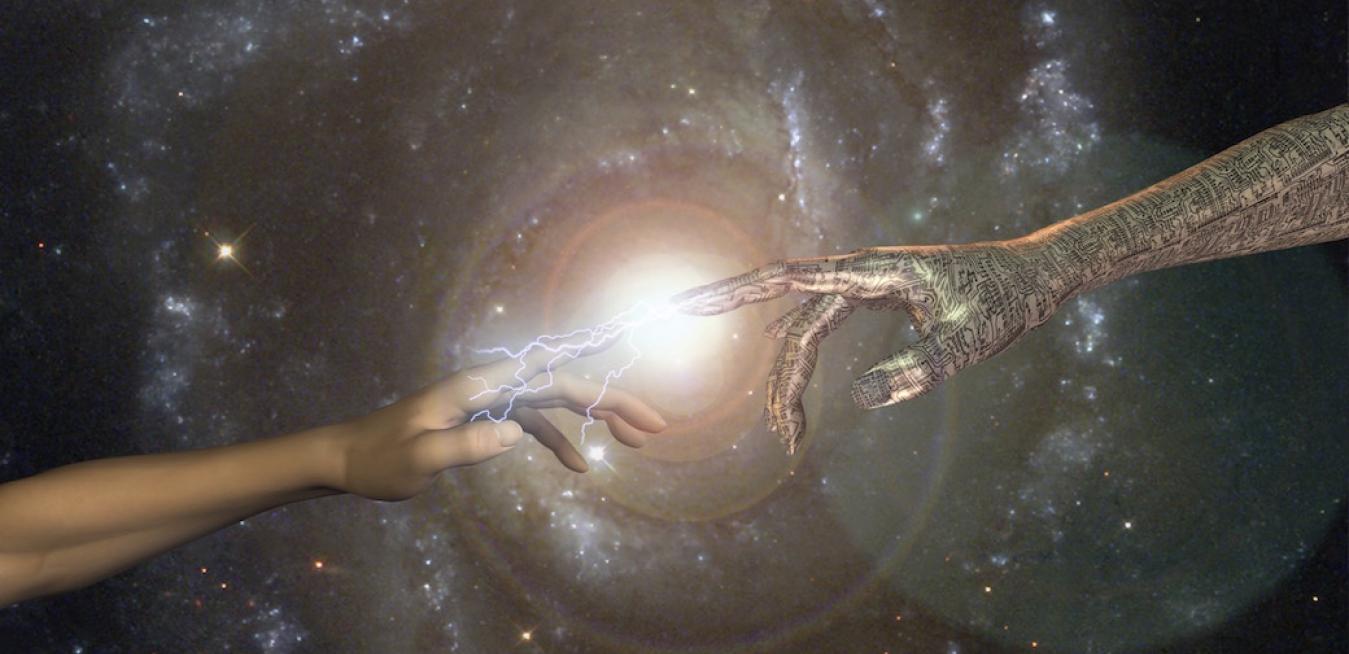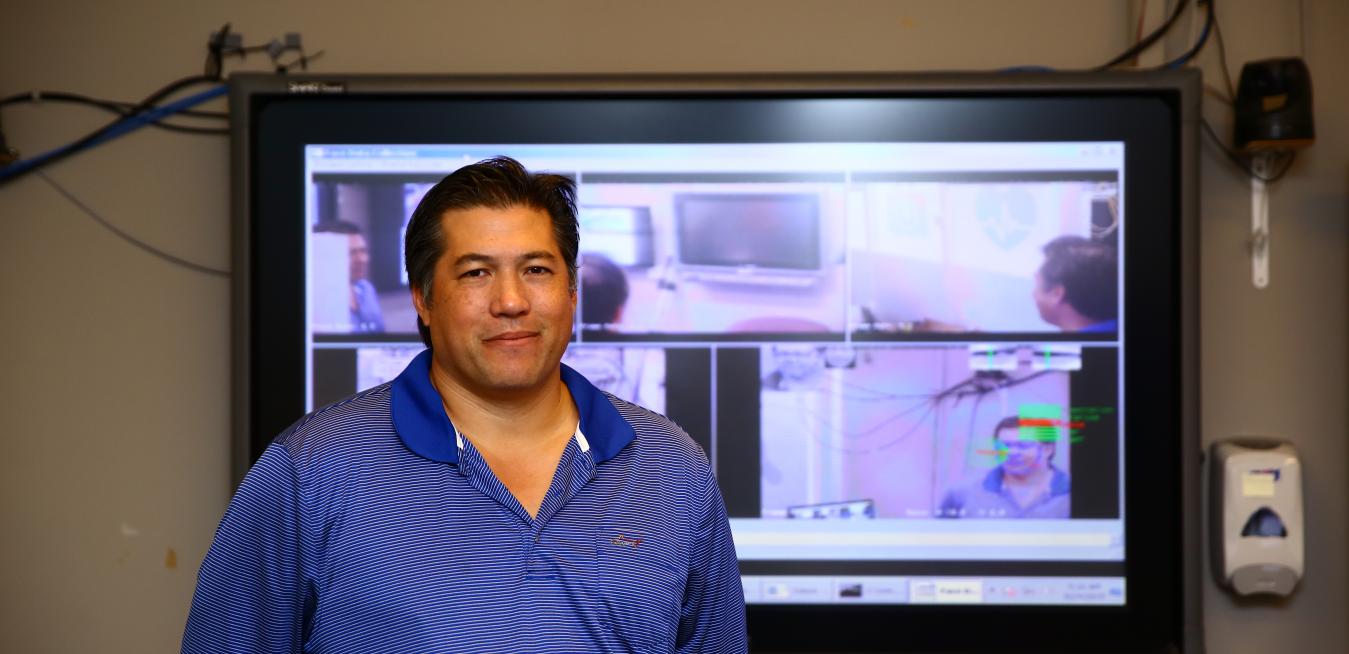At the intersection of mind and machine, manufacturing is poised for transformation. Here are three challenges industry faces in order to capitalize on advances in robotics and the Industrial Internet.
From the Brink: As part of a regular series featuring content from BRINK, A. Michael Froomkin discusses the legal complexities and challenges of robotics.
Robots aren’t people. So whom do we blame — and how do we react — when they spy on, injure or even kill us? And how could robots undermine even our most trusted professionals?
We must consider the key moral and policy questions around artificial intelligence and cyborg technologies to ensure our innovations don’t destroy us.
How much do we really know about the impact of scientific breakthroughs — on technology or on society? Not enough, says Marcelo Gleiser, the Appleton Professor of Natural Philosophy and a professor of physics and astronomy at Dartmouth College.
Technology will enable people to “upgrade” to god-like cyborgs in a century or two. That could be a good thing, as long as the technology is serving us — not the other way around.
Is technology enabling us to become ever-more god-like? And would that be a good thing?
As artificial intelligence (AI) and embedded technologies empower people to become “more than human,” future advances could become as much of an ethical question as a technological one.
How collaborative robotics is accelerating the next industrial revolution.
When you hear about innovative technological advances that are reshaping industries, chances are you aren’t thinking about a factory floor. Not much has changed there since the first industrial robots were deployed in the 1960s — until now.Categories
Nothing says summertime in Georgia like a dip in the old swimming hole. But near the town of Baxley, there’s one pool that’s not open to the public: the crystal-clear blue waters of the containment vessel bathing the Edwin Irby Hatch Power Plant’s nuclear reactor.
